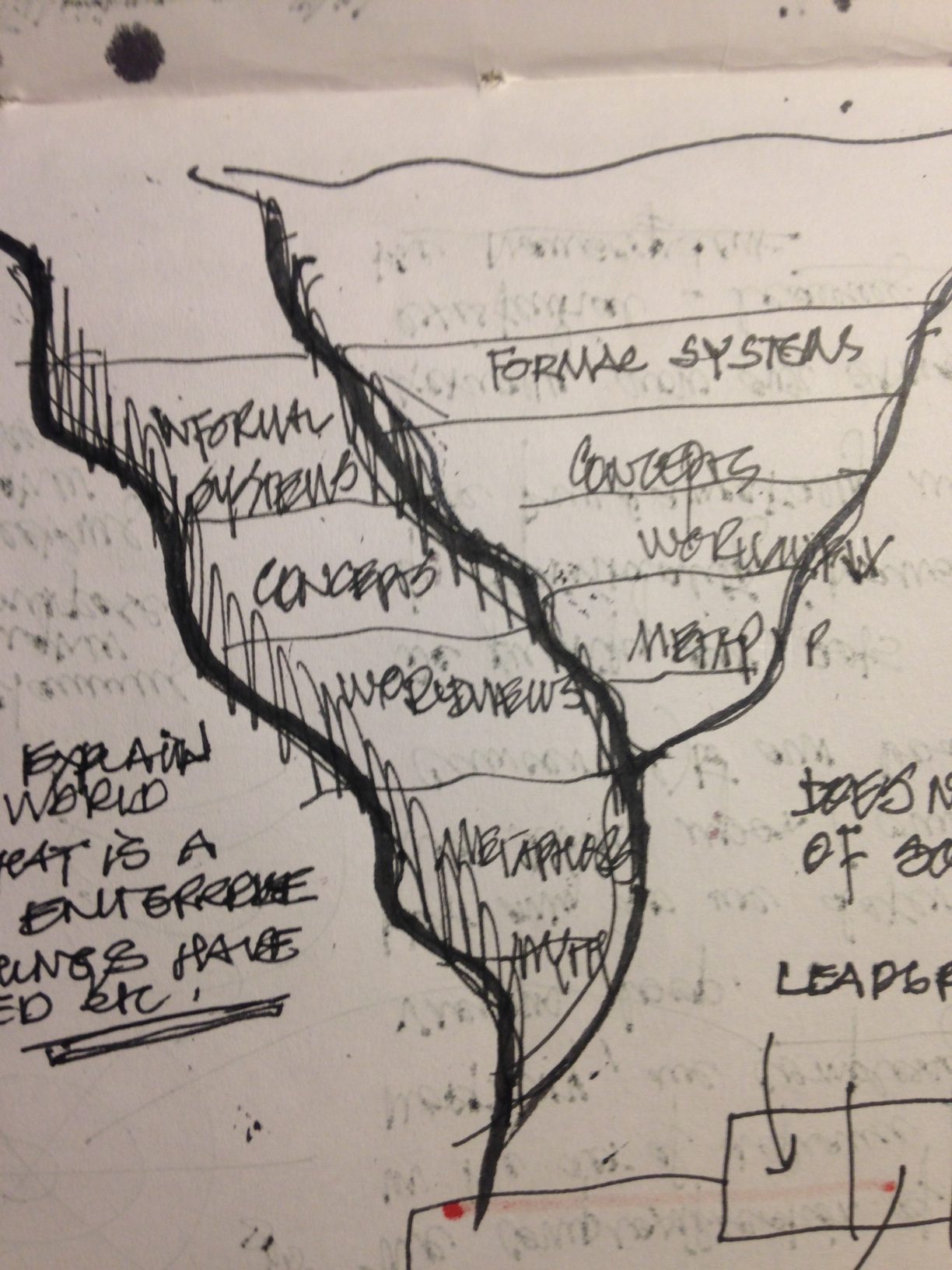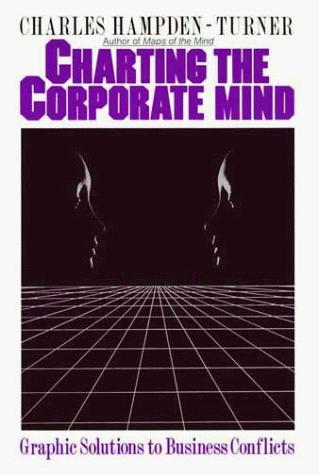Acting in Complexity
What does it mean to say, ’embrace complexity!’. This is something I have been pondering about for a while.
It is the recognition of a new kind if order – something we did not have language for – we also know the grammar of that expression- sometimes it is in visible structures but more often than not the structures are invisible. This is particularly true of human enterprise. It is much like a complex elephant – the kind that six blind men in the Jataka story try to figure out.
The purposeful human enterprise is a special case. When it encounters the real world, it must figure out how to make sense of and respond to this complexity in order to still achieve its purpose.
It needs the grammar and the language so that it can construct an appropriate response. It uses this to construct a model and Cilliers says this model must correspond as closely as possible to the world, but Borges or Foucault say that’s not possible. So, we are somehow condemned to never knowing completely- and yet we must act.
But we are no longer completely ignorant – what we have learnt is rather than command the world and expect it to obey, we invite it to a dance, and through this process, it reveals the balance of its secrets- that is our path to better knowledge. We cannot impose our will but tango and jazz.
The conversation is one that can anticipate and predict how the world will respond to our enquiries and requests.
The world is already engaged in a creative process – our presence must not intervene in its poetry but become co-creative.
The challenge for those that work in the design of new (digital) experiences, is to explore the transformational potential that digitizations harbor. Rather than slap digital onto the enterprise it asks how can one reimagine the enterprise in a fundamentally new way. Maybe develop better responses to some unanswered questions or wicked challenges. What are those?
To begin the process, we must have better knowledge – of what? What are the questions we must have good answers for? What has been worrying us – irrespective of whether a particular design challenge is on our mind. Could we make a strategic difference by considering something beyond the everyday?
Understanding the world is surely necessary, but so is the conception of a response- an enterprise that is a partner in the new creative endeavor- of value, perhaps more strategic!
Design schools do not have a discipline or practice that is analogous to the challenges strategic advisors face. The response is an artifact – the making of design principles.
The world cannot be described in a single way – the creative practitioner engages in a dialog and finds many answers – in that sense the practice is open-ended, but the essence, or the pearls start to reveal and speak the language of complex order. That is something we can learn from creative practitioners – how they pursue for discovery.
You need many probes, and single dives are inadequate- you must probe from many vantages – and many dimensions – like a grid one superimposes to tesselate and construct a whole image (techniques of painting from a photograph) – but it is all in the pursuit of seeking an answer to something – the pursuit of a more important question.
It calls for a deeper persistent engagement- not a one time thing – it is like acupuncture probes, or, constructing a jigsaw puzzle. You cannot do it in one setting.
We need to see new relationships- not the visible ones alone but the invisible ones within their own spaces and across spaces. Structures and flows lead to patterns in outcomes. Both structures and flows are novel.
How do you in your own world probe the unknown? What are your practices? What language and grammar do you use for understanding complexity?
When you see a swarm or beehive – when you see congestion or segregation – what questions arise? Are there analogous situations in your world? A catalog of the wicked.
What practices can you adopt or adapt? How do you construct questions? In the story of the sampling of the elephant in the Indian Jataka fable, and the formation of a fuzzy image. What is fuzzy logic here?
What you will ultimately behold still depends – self reflection and critique will reveal what perspectives inform your pictures of the world. What metaphors are at play? Landscapes and ecosystems.
Others will too. Another conversation- a meta conversation now occurs among our pictures – for we must now together construct yet another meta synthesis – a consensus tempered and informed by our purpose and the pragmatics of its realization. Once again, either we can conquer the landscape and impose on it a path, or invite a living organism to a dance.
Strategic design is about those choices – the degrees of intimacy we want in our relationship with the world – should we continue to act in narrow interests or become custodians of the worlds we inhabit.
The context of the larger Value Creating Complex and our own Value Creating Enterprise within it matter
In the Designed world of new experiences, there is more freedom for the agents – complex phenomena are likely to occur (fluid recombination) – harvesting from those appropriately is what is strategic- to anticipate and be proactive – how does complexity additionally manifest in digital worlds?
I could have used a sub-title for this post – Weaving tapestries – the warp of creative practice and the weft of complex human social worlds


